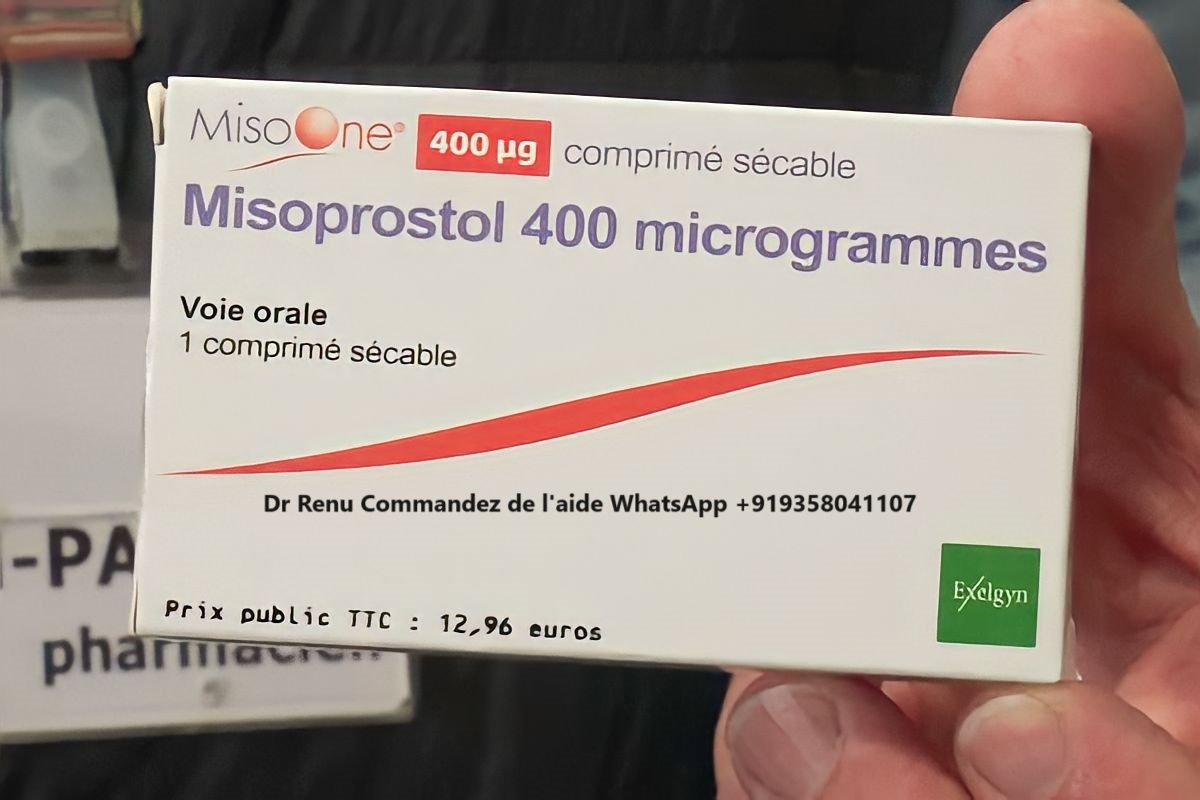
MisoOne - Unveiling the Intricacies of 400 Microgram: Misoprostol and Beyond
For important information about this medicine, before use. If you have any questions, consult your doctor. Remember, this medicine is prescribed specifically for you; Do not share it with others, as it may adversely affect them. There may be effects, even if the symptoms are similar. If you experience any side effects, contact your healthcare provider, including effects not listed (see section 4). Your well-being is our priority.
MisoOne belongs to the class of drugs known as abortifacients, which are prescribed to aid in medically terminating pregnancies prior to 60 days after menses begin. In some cases, MisoOne may even be used during the 2nd trimester of pregnancy.
It is a combination of two medicines, mifepristone and misoprostol. Mifepristone acts as an anti-hormone (anti-progestogen), which reduces the effects of progesterone hormone on pregnant women.
On the other hand, Misoprostol acts as a prostaglandin that enhances your womb's contracture and dilates your cervix - effectively ending your pregnancy. Thus, using both drugs together in combination will result in medical abortion; these should be administered sequentially for best results.
MisoOne tablets contain misoprostol, a compound akin to the natural 'prostaglandin' your body produces. Misoprostol induces uterine contractions and cervical softening.
For medical pregnancy termination, MissiOn complements mifepristone. It should be ingested within 60 days of your last menstrual period.
In surgical pregnancy termination during the first trimester (within 9 weeks of your menstrual cycle), MisoOne is used as a standalone medication.
MisoOne serves these crucial roles in reproductive healthcare, aiding both medical and surgical pregnancy termination processes.
Do not use MisoOne if
Warnings and Precautions:
For surgical termination of pregnancy
Inform your doctor about any other medications you are currently taking, have recently taken, or plan to take, including those obtained without a prescription.
Pregnancy, breast-feeding and fertility
Notably, the failure of pregnancy termination (leading to a continuing pregnancy) subsequent to MisoOne usage has been linked to a threefold elevated risk of birth defects, including facial paralysis, head, and limb malformations. Similar defects have been observed when this medication is used independently.
For medical pregnancy termination, it is imperative to use another medication, mifepristone, 36 to 48 hours before taking MisoOne.
The risk of MisoOne failure heightens under the following circumstances
Conversely, if you decide to continue with the termination of the pregnancy, a new procedure will be recommended by your doctor, who will present you with the available options.
Furthermore, it is advisable to refrain from attempting pregnancy again until after your next menstrual cycle following the use of this medication. Initiate contraception immediately once the doctor confirms the successful termination of the pregnancy. This precaution ensures a safe and well-planned approach to future pregnancies.
Breast-Feeding
For individuals who are currently breast-feeding, it's essential to consult your doctor for guidance before using this medication. It's recommended not to continue breast-feeding, as this medicine is transferred into breast milk.
Fertility
It's noteworthy that this medication does not influence fertility. You can conceive again once the termination is successfully completed. To ensure a controlled approach, it's advisable to initiate contraception immediately after the doctor confirms the termination of the pregnancy. This enables a proactive approach to family planning.
Driving and Operating Machinery
It's important to be aware that this medication may induce dizziness. Therefore, exercise caution when driving or operating machinery after taking MisoOne until you have a clear understanding of how it may affect you. Your safety and the safety of others should be a priority during this period.
Always adhere to your doctor's instructions precisely. If you have any doubts, consult your doctor or pharmacist.
Dosage in Adults
Taking the Tablet
Return to the center within 14-21 days after taking the first medicine, mifepristone, for a check-up consultation to ensure the expulsion is complete.
Important Things to Remember When Taking this Medicine
The tablet should be taken 3 to 4 hours before the surgical termination procedure of pregnancy.
The schedule for taking MisoOne for a surgical termination of pregnancy is as follows:
Take MisoOne orally.
The surgical procedure will be performed 3 to 4 hours after this intake
How to Store MisoOne
What MisoOne Looks Like and Contents of the Pack
MisoOne is a white, round, flat tablet with a diameter of 11 mm and a thickness of 4.5 mm. It features a break line on each side and a double "M" engraved on one side, allowing the tablet to be divided into equal doses.
Unwanted-Kit typically costs between $147 for a single box, though prices can vary based on location. Different countries have various laws regarding abortion which could influence pricing for certain products.
When used for abortion purposes, Misoprostol should produce abdominal cramps and bleeding. Pregnancy-related symptoms like nausea or vomiting may get worse after taking Mifepristone then decrease during Misoprostol administration; however these will subside during abortion procedure. It's also possible to experience adverse reactions like diarrhea, fevers and chills .
Typically, bleeding lasts 12-14 days and other symptoms appear for only 24 hours.
Side Effects of Unwanted Kit
Rare Side Effects of Unwanted Kit